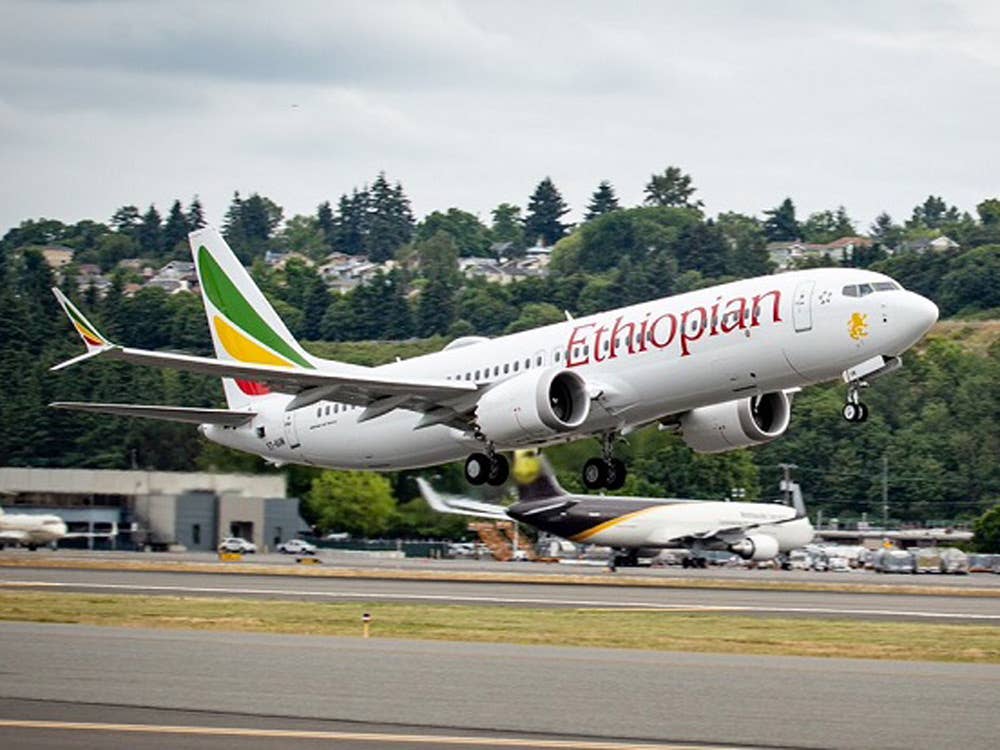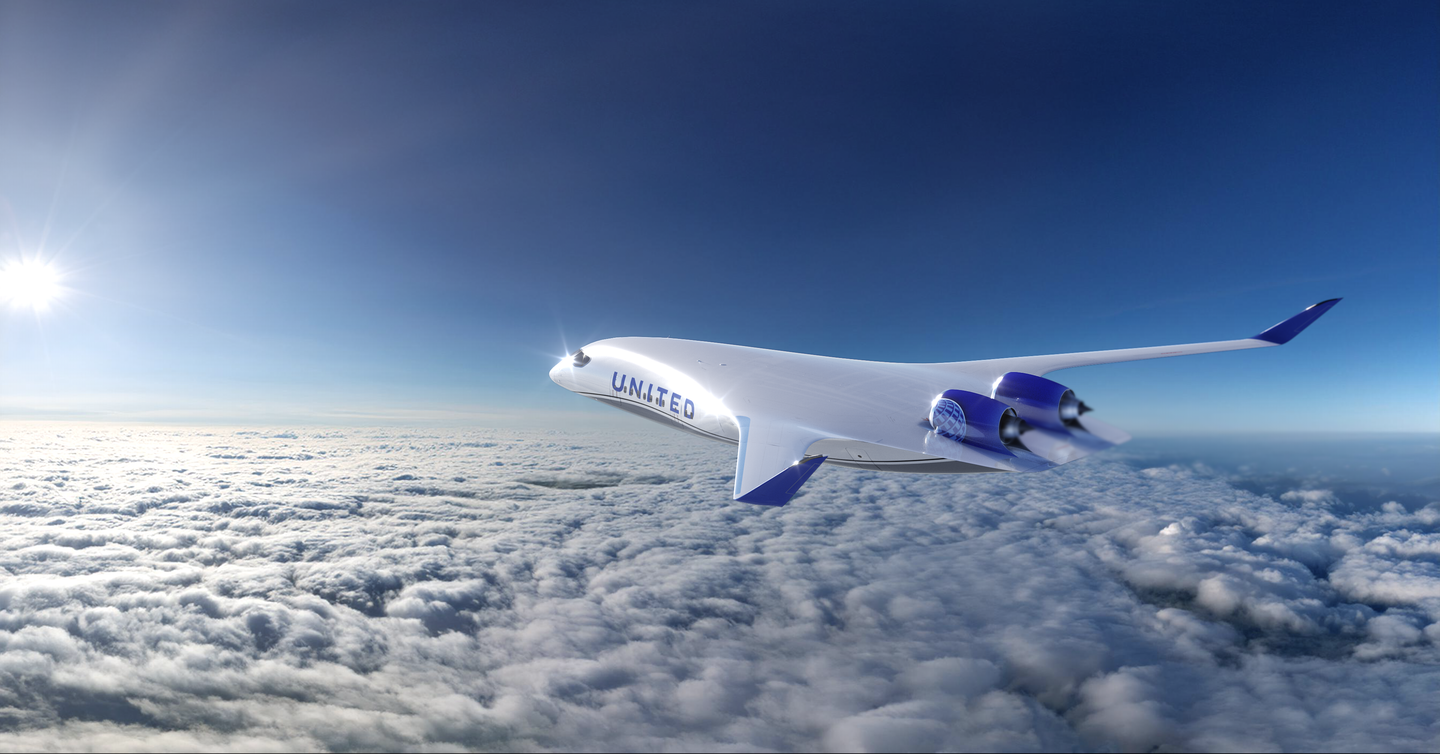
U.S. airlines’ grounding included less than 100 of the MAX 8 and 9 aircraft Courtesy Boeing
Resembling a military flight operations standdown, last week’s grounding of Boeing’s 737 Max 8 & 9 aircraft have given many parties a few moments to absorb a wealth of information already gathered and reflect on the best ways to move ahead while awaiting the FAA approval needed to allow those aircraft back into the air. All 737 Max aircraft operating in the U.S. were grounded last Thursday following an announcement from the White House that newly uncovered evidence seemed to prove similarities between last year’s crash of an Indonesian MAX 8 and last week’s crash of an Ethiopian Airlines 737 Max 8.
The Southwest Airlines Pilots Association (SWAPA), gathered members of its union together last Thursday along with others from the Aircraft Mechanics Fraternal Association, the Transport Workers Union 556 and members of the Southwest Airlines leadership team to review the state of the airline’s operations. Southwest is the largest Max 8 operator with 34 of the aircraft.
In a news release, SWAPA president Jon Weaks reinforced the airline’s safety culture explaining, “Foremost, our job is getting from A to B safely, or not at all … we may also be the first line of opportunity to reassure our passengers, fellow employees and their families.” Until last week’s grounding, both Boeing and the FAA seemed to be ignoring the pleas of airline passengers for answers about the safety of the 737 MAX.
Detailing information about the airlines’ safety management system Weaks said, “We have the most information on the MAX of any operator in the world, that includes more than 88,000 hours of data covering more than 41,000 flights … there have been zero findings related to MCAS problems, AoA issues or aircraft controllability problems on the MAX.”
Pilots Flying spoke to who flew the now-grounded Max 8 & 9 were beginning to question the safety of the aircraft after defending it for so long. Some of those questions followed yesterday's publication of a story in the Seattle Times in which writer Dominic Gates interviewed both Boeing and FAA employees, some current, some former, who questioned not only the safety of Boeing's MCAS, but also the relationship between the aircraft builder and the agency that produced what some now consider a flawed MCAS, at the heart of the investigations into both of the recent MAX crashes. Information gathered about last year's Indonesian crash seems to indicate the aircraft upset began when faulty data was sent to a Boeing flight computer that was triggered by a single faulty angle of attack sensor. The need for data from competing sensors to trigger an aircraft response is more common in most sectors of aviation.
Gates’ sources said Boeing’s own analysis of the MCAS, “Understated the power of the new flight control system, which was designed to swivel the horizontal tail to push the nose of the plane down to avert a stall. When the planes later entered service, MCAS was capable of moving the tail more than four times farther than was stated in the initial safety analysis document. It also failed to account for how the system could reset itself each time a pilot responded, thereby missing the potential impact of the system repeatedly pushing the airplane’s nose downward. The analysis assessed a failure of the system as one level below “catastrophic.” But even that “hazardous” danger level should have precluded activation of the system based on input from a single sensor — and yet that’s how it was designed.”
Gates also said he approached both Boeing and the FAA with MCAS questions related to his story four days before the crash in Ethiopia, but neither organization would respond to the specifics of his inquiries.
Last night, Boeing CEO Dennis Muilenburg addressed a letter to all Boeing users. "Safety is at the core of who we are at Boeing, and ensuring safe and reliable travel on our airplanes is an enduring value and our absolute commitment to everyone. This overarching focus on safety spans and binds together our entire global aerospace industry and communities. We're united with our airline customers, international regulators and government authorities in our efforts to support the most recent investigation, understand the facts of what happened and help prevent future tragedies."
The FAA has certainly not escaped scrutiny since the grounding. Politico reported this morning that, "The agency known for being the gold standard in aviation safety is facing its greatest crisis in years as federal probes from multiple agencies, reportedly including a criminal investigation, try to find out why two crashes involving the Boeing 737 MAX, a model the FAA certified as safe, have now killed more than 300 people."
Politico said, "Much of the scrutiny that the FAA finds itself under revolves around the question of whether the agency allowed Boeing to be too involved in the certification process and delegated too much safety oversight to the company itself. John Porcari, former deputy secretary of Transportation, told Brianna and Tanya that he's concerned FAA's safety culture could be eroding as the agency handles "less and less" of the certification process."
No return to service date has been set for the MAX 8 & 9 aircraft as operators await a software patch Boeing has been working on since last October’s crash in Indonesia. In the meantime, Boeing has been scrambling to find places to park the 737 MAX aircraft that continue to roll off the assembly line at the company’s Renton, Washington facility.

Sign-up for newsletters & special offers!
Get the latest FLYING stories & special offers delivered directly to your inbox






